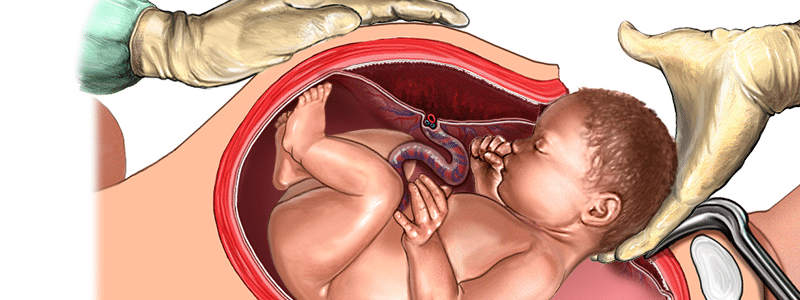
A cesarean section, or C-section, is a surgical procedure used to deliver a baby through an incision in the mother's abdomen and uterus. It is typically performed when a vaginal delivery is not possible or safe for the mother or baby. While a C-section can be a lifesaving procedure, it is also a major surgery that requires careful consideration and planning.
There are several reasons why a C-section may be necessary. These can include a breech presentation, where the baby is not positioned head-down in the womb, or a placenta previa, where the placenta is covering the cervix. Other reasons can include a previous C-section, certain medical conditions, or complications during labor.
A C-section can be planned or unplanned. A planned C-section is scheduled in advance, often because of a known medical condition or risk factor. An unplanned C-section, also known as an emergency C-section, is performed when complications arise during labor that make a vaginal delivery unsafe or impossible.
During a C-section, the mother is given anesthesia to numb the lower half of her body. The surgeon then makes an incision in the abdomen and uterus and delivers the baby through the opening. The baby is usually delivered within a few minutes, but the entire procedure can take up to an hour.
There are several benefits to having a planned C-section. It can be a safer option for both the mother and baby in certain situations, such as a breech presentation or placenta previa. It can also reduce the risk of certain complications, such as vaginal tears or incontinence, that can occur during a vaginal delivery.
However, there are also certain risks associated with a C-section. These can include bleeding, infection, blood clots, and a longer recovery time. There is also a risk of damage to nearby organs, such as the bladder or bowel, during the procedure. Additionally, babies born via C-section may be at a slightly higher risk of respiratory problems.
Recovery from a C-section can take several weeks. The mother will need to stay in the hospital for a few days after the procedure to monitor for any complications. She will also need to avoid lifting heavy objects, driving, and sexual activity for several weeks. Pain medication and regular check-ups with a healthcare provider can help manage any discomfort or complications.
It is important to note that a C-section is not always the best option for every woman or every situation. It is a major surgery that should only be performed when necessary. Women who are considering a C-section should discuss the risks and benefits with their healthcare provider and develop a birth plan that takes their individual needs and preferences into account.
In conclusion, a C-section is a surgical procedure used to deliver a baby through an incision in the abdomen and uterus. It can be a lifesaving procedure in certain situations, but it also carries risks and requires careful consideration and planning. Women who are considering a C-section should discuss the risks and benefits with their healthcare provider and develop a birth plan that takes their individual needs and preferences into account.
